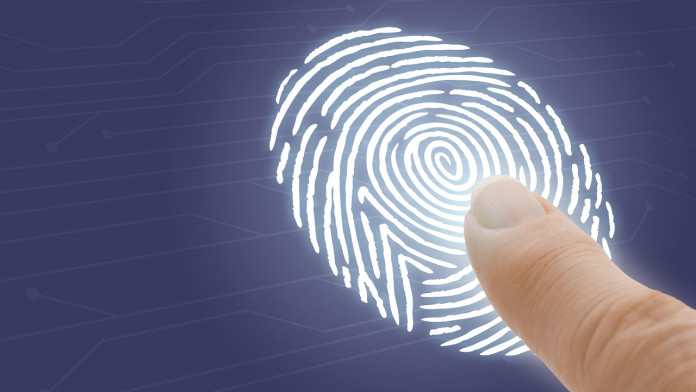The global biometrics industry was worth almost $28 billion in 2021, and this is expected to more than double by 2027. Fingerprint and facial scanning technology is going to creep into areas of everyday life, and it will soon render outdated methods of security obsolete. Biometrics will be useful everywhere, but there are certain areas where it could have a bigger impact than others.
Securing the Home
The concept of the smart home is on the horizon, and around 69 percent of households in the USA already contain at least one type of smart device. In the future, many homes will have integrated pieces of technology that can all be controlled by artificial intelligence (AI). The homeowner will have the utmost authority, though, and will be able to tell the AI what to do. For this technology to work efficiently, the smart home will have to recognize the residents, and this could be achieved using biometrics. The technology will also greatly enhance security protocols, with fingerprint or facial scanners used to open doors and turn off alarms. It is exciting to think that using a key to enter the home could soon be a thing of the past, and that homeowners will enjoy the peace of mind knowing that their houses are locked up safely.
Logging In Online
Biometrics have already started to become integrated into our online activity, and many modern smartphones and laptops are now being sold with built-in scanners. At the same time, more people than ever are aware of the ineffectiveness of using traditional passwords. 80 percent of data breaches are down to poor or reused passwords, and the online world has been crying out for a more effective solution for many years. Passwordless authentication methods are on the rise, with various options including dedicated hardware security tokens, one-time passwords, and biometrics. Biometrics are by far the most efficient of these options, and the technology used is highly advanced. It relies on pairs of cryptographic keys, with the user first having to unlock their own using a face or fingerprint reader before gaining access to the public key held by the service provider.
Staff in the Workplace
There are several ways in which biometrics can be used to make processes in the workplace run seamlessly. Scanning in and out of a building is now commonplace, and this helps keep track of when staff members are absent or late. It can also be used to give employees access to tills in retail. In the past, the computers on these tills were accessed with fobs or passwords. In the future, staff members will simply have to show their faces to gain authorization to use them.
Biometrics are going to serve so many useful purposes, and these are just a few ways that the technology will have an impact. It could also be used to fight crime, improve airport security, and open cars. There’s no doubt that we’ll be seeing biometrics employed everywhere in the years ahead.










